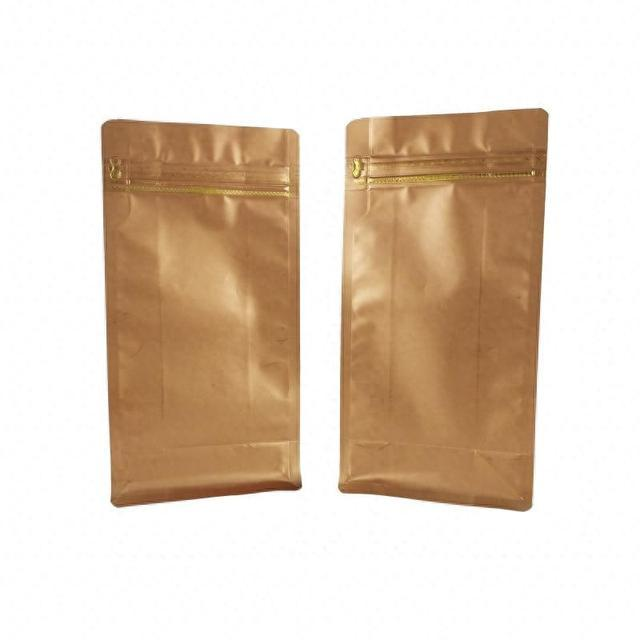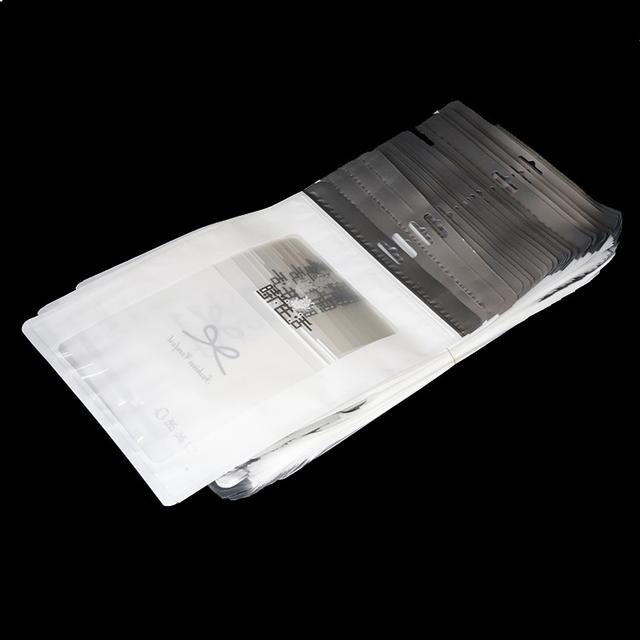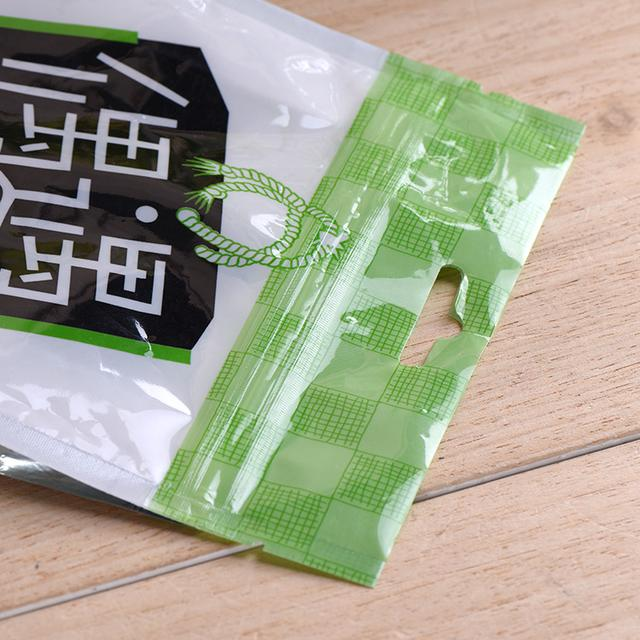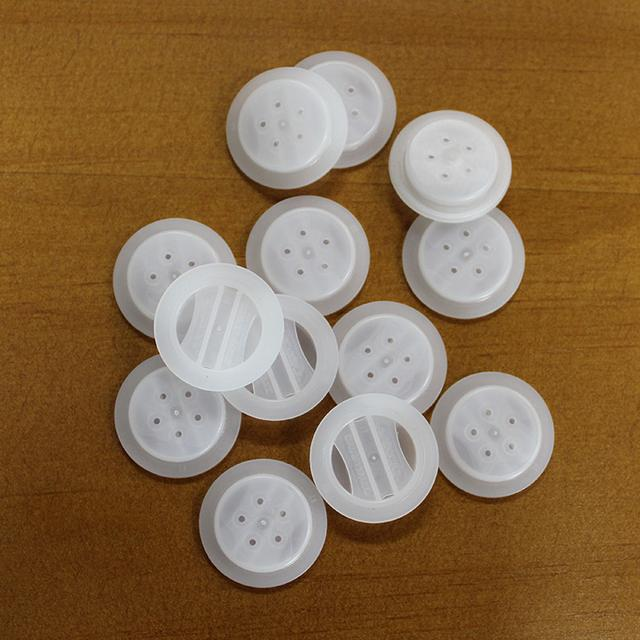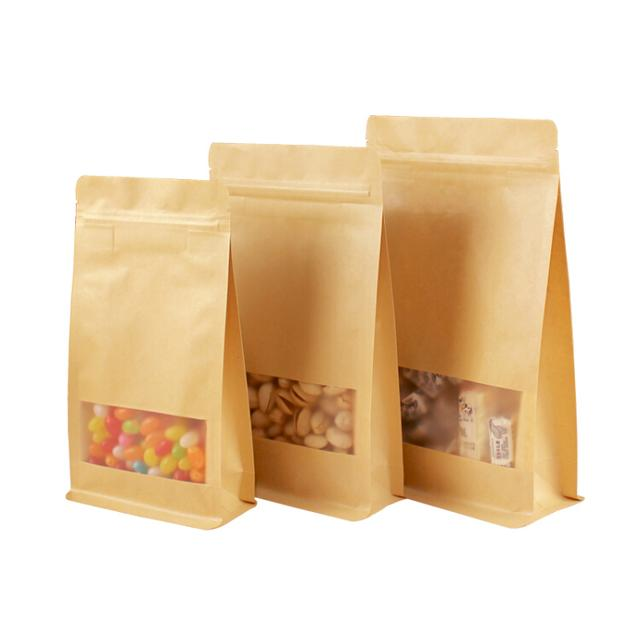Abstract: Food packaging format is the result of a scientific match between food characteristics, storage requirements, and consumption scenarios. Stand-up bags for potato chips improve shatter resistance by 40%, retort bags for braised food extend shelf life by 6 months by isolating oxygen, and the exhaust valve design for pre-prepared meals reduces microwave pressure by 40%. From material adaptation to intelligent structures, packaging is redefining the boundaries between freshness and user experience.
Content:
The “Form Code” of Food Packaging
Why are potato chips sold in stand-up bags and braised food sold in retort bags? The choice of packaging format is never accidental; it’s the result of a scientific match between food characteristics, storage requirements, and consumption scenarios. As the “close guardian” of the modern food industry, flexible packaging bags are redefining the boundaries between food freshness and user experience through innovative materials and structural design. This article will break down the packaging “codebook” for snacks, prepared foods, and pre-prepared meals, and teach you how to find the most suitable “packaging form” for different food products.
The Triple Logic of the Form Code
• Material Compatibility: The frosted texture of matte film and the mirrored effect of glossy film not only influence protective performance but also serve as the “silent language” between brands and consumers.
• Functional Matching: The stability of stand-up pouches and the high-temperature resistance of retort pouches must be tailored to the food’s solid/liquid form and its susceptibility to moisture/oxidation.
• Scenario Adaptation: A reusable zipper design facilitates snack sharing, and a transparent window allows consumers to directly see the state of prepared food. These details reveal insights into consumer habits.
Snack Packaging: Balancing Shatterproofing, Anti-Stick, and Displayability: Snack packaging must strike a balance between protecting fragile food, preventing stickiness, and ensuring shelf display. For typical categories like potato chips and candy, the scientific selection of packaging form and materials is crucial. Potato Chip Packaging: The Shatterproof Revolution of Stand-Up Zipper Bags: The thin, crispy nature of potato chips places stringent demands on packaging with high impact resistance. Stand-up zipper bags are made of BOPP/PE composite film, with the outer BOPP layer providing rigid support and the inner PE layer enhancing sealing. This results in a 40% improvement in puncture resistance compared to traditional packaging. Combined with a self-supporting bottom structure, a snack brand has reduced its potato chip transport damage rate by 30% and its shelf damage rate from 12% to below 5%.
Brown Self-Standing Zipper Potato Chip Bag (with a gold zipper closure, the self-supporting design enhances shelf presence)
The stand-up design offers significant shelf advantages: the bag stands independently, allowing for 360° brand display. The top zipper allows for resealability, addressing the pain point of traditional packaging, which can easily become soft due to moisture after opening. This has resulted in a 22% increase in consumer repurchase intent.
Candy Packaging: Anti-Stick Solutions for OPP/CPP Composite Bags: OPP/CPP composite bags offer a perfect solution to the sticking problem of candy snacks. The outer OPP film provides over 90% transparency, clearly displaying the candy’s color and shape. The inner CPP film provides moisture and anti-stick properties, keeping the candies stick-free for three months in an environment with 85% humidity.
Candy OPP/CPP composite bag (transparent window, serrated tear notch, top hanging hole)
Packaging design is further refined to meet the specific characteristics of different candies: Hard candies prioritize transparency, utilizing a fully transparent structure with color printing; soft candies utilize an anti-stick coating on the CPP layer and a zipper closure, improving moisture resistance by 50% after opening and resealing.
Ready-to-eat packaging: High-temperature sterilization and seal reliability design: Ready-to-eat packaging must simultaneously address the challenges of high-temperature sterilization and long-term storage. High-temperature retort pouches, with their three-layer composite structure, have become the industry’s leading solution. Three-layer protection structure: A perfect combination of high temperature and sealing: High-temperature retort bags utilize a three-layer composite design of PET/AL/RCPP:
• Outer PET layer: Withstands high-temperature sterilization above 121°C, ensuring deformation during retort.
• Middle AL (aluminum foil) layer: Reduces oxygen transmission rate from 43.37 cm³/m²/24h (compared to 43.37 cm³/m²/24h) of ordinary PET/PE bags to 0.5 cm³/m²/24h, effectively blocking light, oxygen, and moisture.
• Inner RCPP layer: Provides excellent heat-sealing properties, maintaining stable seal strength even after high-temperature sterilization.
Structure of high-temperature retort bags for braised foods
Compared to ordinary PE bags, which can only withstand temperatures below 80°C, high-temperature retort bags can be used directly for prepared foods that require high-temperature sterilization, such as braised foods and meat sauces. The post-sterilization shelf life is up to six months, without the need for preservatives. Sealing Reliability Testing Standards
To ensure packaging stability, it must pass multiple rigorous tests: • High-temperature resistance test: Steam in 121°C water for 30 minutes and inspect for deformation and cracking. • Seal strength test: Heat seal strength must reach ≥35N/15mm (in compliance with GB/T 41168-2021). • Leakage test: Inflate or fill with water, squeeze, and observe for leaks.
Pre-prepared meal packaging: Combining heat resistance and ventilation: Packaging for microwave-safe pre-prepared meals requires addressing both heat resistance and ventilation challenges. Modern packaging is achieving breakthroughs through material innovation and intelligent structural design. Heat-resistant materials: From 121°C sterilization to 200°C microwave resistance: The heat resistance of pre-prepared meal packaging directly determines heating safety:
• Retort-grade composite film: For example, the BOPA/RCPP structure, with the inner RCPP material, can withstand high-temperature sterilization at 121°C.
• Ultra-high-temperature stand-up pouches: TCL’s developed PET/PA/PE composite film is microwave-resistant at 200°C, making it suitable for liquid pre-prepared meals such as soups and sauces.
Smart venting structure: The core technology of anti-bulging bags: Steam pressure during microwave heating is the primary cause of bulging bag rupture. The venting valve design addresses this issue through a one-way pressure regulation mechanism. The raised dome venting hole features 5-6 micropores, which work in conjunction with a hollow annular seal to control the opening and closing pressure, achieving “directional steam discharge and preventing external air intrusion.”
Pre-prepared meal PP composite bag venting valve structure
Measured data shows that packaging equipped with this structure reduces internal pressure by 40% compared to conventional packaging during microwave heating, fundamentally preventing rupture and overflow. In-Depth Analysis of Packaging Forms: Application Scenarios for Three-Side Seal, Stand-Up Pouches, and Yin-Yang Pouches
Comparison of Core Parameters of Three Packaging Forms
Analysis of Application Scenarios by Form
Three-Side Seal Pouch: The most traditional packaging form, suitable for automated packaging of loose, non-sticky granular materials such as peanuts and melon seeds, and particularly well-suited for small-batch customization.
Stand-Up Pouch: With its bottom gusset design and zipper seal, it addresses the visual disadvantage of traditional flat bags, often seen as “lying down” displays. A case study of a nut brand showed a 25% increase in shelf conversion rate after adopting stand-up pouch packaging.
Display of Brown Kraft Paper Stand-Up Ziplock Bags
Yin-Yang Pouch: With its “non-transparent printing area + transparent display area” zoning design, it achieves a balance between brand messaging and product quality visualization, making it particularly suitable for high-end snacks and functional foods. Advantages of Yin-Yang Bag Packaging
Matching Package Size and Weight: Scientific Calculation Formula and Examples: Package size must be scientifically calculated based on the product’s weight and morphological characteristics. The following are package size matching solutions for common foods:
Calculating the Package Size of 100g Potato Chips: Potato chips are fluffy foods with low density and are fragile. The recommended dimensions are 18cm × 10cm × 2cm:
• 18cm width allows for easy single-handed handling. • 10cm height and 2cm thickness reduce transport damage. • Flat shape facilitates shelf display and saves retail space.
Calculating the Package Size of 250g Almonds: Almonds have a high density and uniform grain size. The recommended dimensions are 15cm × 20cm × 1.5cm:
• 20cm vertical length accommodates the natural stacking height of almonds. • 15cm width ensures easy one-handed access. The 1.5cm thickness allows for support for the self-supporting structure.
Jihaoyin Flexible Packaging Bag Quotation System: Jihaoyin utilizes a transparent pricing system that caters to all scenarios, from pilot production to mass production. It consists of three main components:
Basic Pricing: Material and processing fees are clearly separated.
Users can select the bag type, size, and material combination, and the system instantly generates a detailed quote. For example:
• PET/AL/CPP construction is recommended for acidic foods (strong acid barrier properties).
• KPET/CPP materials are used for oily products (optimal aroma retention).
• Processing fees are calculated based on the bag-making process and quantity, with no hidden costs.
Additional Charges: No plate-making fees, and special requests are clearly priced. Using HP Indigo digital printing presses eliminates traditional plate-making fees, with additional charges only incurred when special processes are selected. Special structures (such as stand-up pouches with spouts and puncture-resistant zippers)
Minimum Order Quantity Impact: Suitable for small batches; larger batches result in lower unit prices. • Small trial runs (1-500 pieces): Suitable for new product testing, e.g., 100 stand-up pouches at a price of 3 yuan each.
• Batches of 1,000 or more: Unit prices significantly decrease, e.g., 1,000 at a price of 1 yuan each, a 30% reduction compared to traditional printing.
Reference: 1,000 stand-up pouches with zippers (60mm x 80mm, PET/AL/PE) cost 800 yuan, including 600 yuan in material costs and 200 yuan in processing fees, for a unit price of 0.8 yuan per piece.
The choice of packaging format directly impacts product protection, user experience, and market competitiveness. By scientifically matching food characteristics with packaging format, companies can maximize the marketing value of packaging while controlling costs. Whether it’s a shatterproof stand-up bag for potato chips, a retort pouch for cooked food, or a degassing valve for pre-prepared meals, the core goal is to “protect the contents while ensuring consumers are comfortable using and excited by the product.”
For companies, packaging selection should establish a dynamic adaptive mechanism: select barrier materials based on the product’s shelf life, design opening and closing methods based on consumption scenarios, and plan production plans based on cost budgets. Only in this way can packaging truly extend product strength and amplify brand value.

